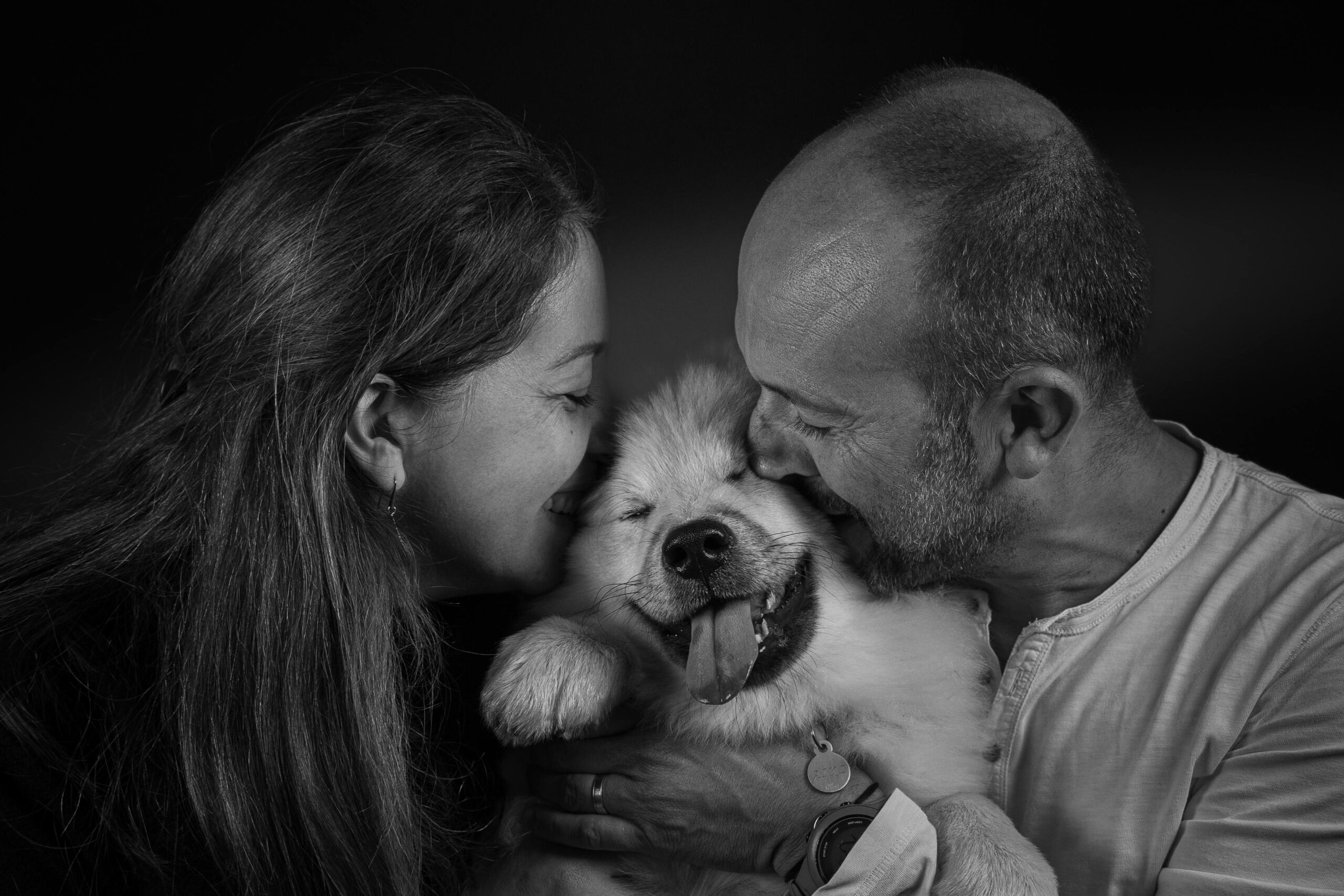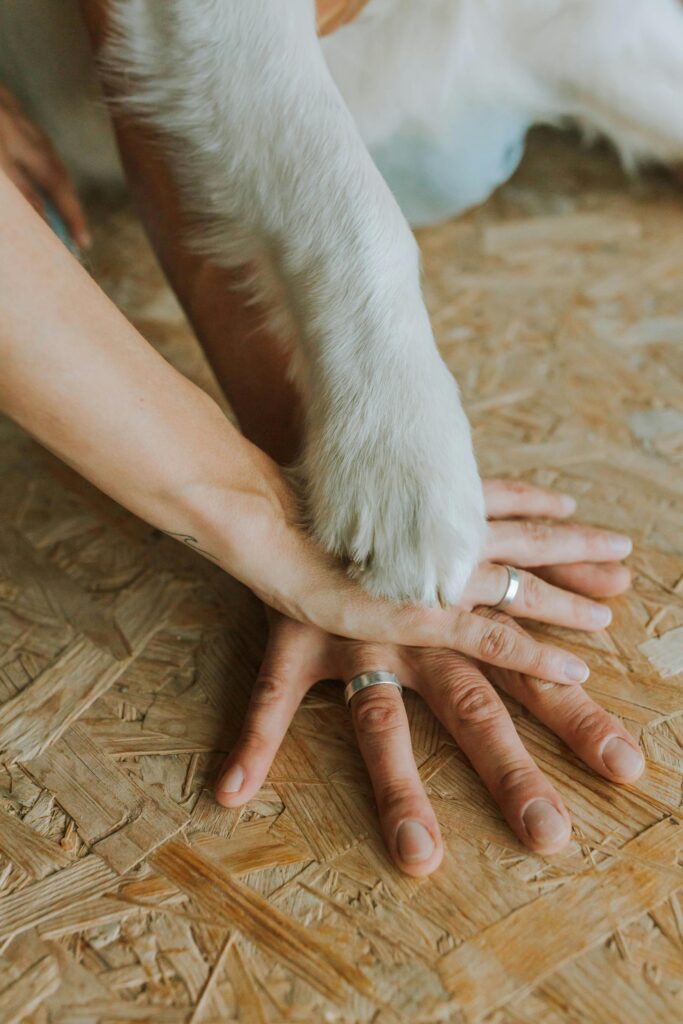Every November, gratitude takes center stage, and for dog owners in Cleveland, there’s plenty to be thankful for. From wagging tails to quiet companionship, dogs have a way of grounding us, motivating us, and teaching lessons that go beyond obedience.
But gratitude isn’t just about what dogs bring to our lives, it’s also about how training strengthens that bond. As a professional trainer, I’ve seen how consistent obedience work creates not only better-behaved dogs but also calmer, more confident owners.
Lesson 1: Patience Builds Trust
Dogs learn at their own pace, and every success, no matter how small, deserves celebration. Training teaches us patience, and patience builds trust.
I often remind clients that dogs respond to calm leadership, not frustration. A few minutes of consistent, focused work daily can achieve more than long, stressful sessions. In our post on how inconsistent training confuses your dog, we explain why clear, steady communication builds confidence faster than constant correction.
Lesson 2: Structure Creates Freedom
It might seem backward, but structure actually gives dogs more freedom. When your dog understands boundaries, they can safely enjoy more privileges: off-leash hikes, patio outings, or social events, because they’ve earned your trust.
Structure also provides emotional balance. Dogs who know what’s expected of them are more relaxed and secure. That peace of mind is a gift to both dog and owner.
Lesson 3: Consistency Strengthens Connection
Training isn’t a one-time project. It’s a daily partnership. When owners stay consistent with their cues and expectations, they send a powerful message of reliability. Over time, this strengthens the emotional bond between human and dog.
Every walk, meal, and command becomes a small act of communication. It’s this steady interaction that transforms a “pet” into a true partner.
Lesson 4: Gratitude Reinforces Progress
Acknowledging your dog’s progress, whether it’s a perfect heel, a calm down-stay, or simply sitting before meals, encourages both of you to keep improving. Positive reinforcement is about more than treats; it’s about expressing appreciation for effort and focus.
When gratitude becomes part of training, sessions feel more rewarding and less like work.
Lesson 5: The Lifelong Impact of Obedience
A well-trained dog doesn’t just behave better, it lives better. Dogs thrive on mental stimulation, physical structure, and social clarity. Obedience training meets all three. It prevents stress-related behaviors like chewing or barking and fosters a stable, content mindset.
Our Basic Obedience Program helps families across Cleveland achieve this level of calm connection, transforming daily challenges into opportunities for teamwork.
Expert Insight
The AKC guide to positive dog ownership offers great reminders on how gratitude and engagement improve your dog’s quality of life. When paired with consistent training, it builds the foundation for lifelong happiness.
Cleveland Success Story
A client of mine, Sarah, adopted a nervous rescue named Tucker. Through structured sessions and steady reinforcement, Tucker learned to trust, follow commands, and stay calm on walks. Sarah told me later, “Training didn’t just change Tucker, it changed me.” That’s the essence of gratitude in action.
Checklist: Ways to Show Gratitude to Your Dog
- Provide consistent structure and rules at home
- Offer regular mental and physical exercise
- Use positive reinforcement during training
- Spend time bonding through play or walks
- Keep your dog’s environment calm and predictable
- Celebrate progress, no matter how small
FAQs About Building Gratitude Through Training
- Can older dogs still learn obedience?
Yes, absolutely. Dogs of any age can benefit from structure and positive reinforcement. - What’s the best way to reward good behavior?
Use small treats, praise, or play, whichever motivates your dog most. - How long should training sessions last?
Short sessions of 10–15 minutes several times a day are more effective than long, tiring ones. - How does gratitude help during training?
When you stay patient and positive, your dog feels more secure and eager to please, improving focus and trust.
Final Thoughts
Every time your dog looks up at you for direction, they’re offering trust. When you invest time in training, you’re giving that trust back. Obedience isn’t just about commands, it’s about communication, understanding, and mutual respect.
If you’re ready to experience how training can transform your relationship with your dog, our Cleveland team is here to help. You can get started today by visiting our contact page to schedule your consultation.


